Model Context Protocol (MCP) finally gives AI models a way to access the business data needed to make them really useful at work. CData MCP Servers have the depth and performance to make sure AI has access to all of the answers.
Try them now for free →Analyze ADP Data in Infragistics Reveal
Use the CData API Server to create an OData API on top of ADP data and visualize live ADP data in Ingragistics Reveal.
Reveal is a data visualization solution provided by Infragistics and can be paired with the CData API Server and ADP ADO.NET Provider to build dynamic dashboards from live ADP data. The CData API Server generates an OData API for ADP, which is natively consumable in Reveal. In this article, we walk through connecting to ADP in API Server and connecting to the API Server from Infragistics Reveal to create a simple dashboard.
Connect to ADP from API Server
CData API Server uses a straightforward, point-and-click interface to connect to data sources and generate APIs.
- Open API Server and click Settings -> Connection -> Add Connection
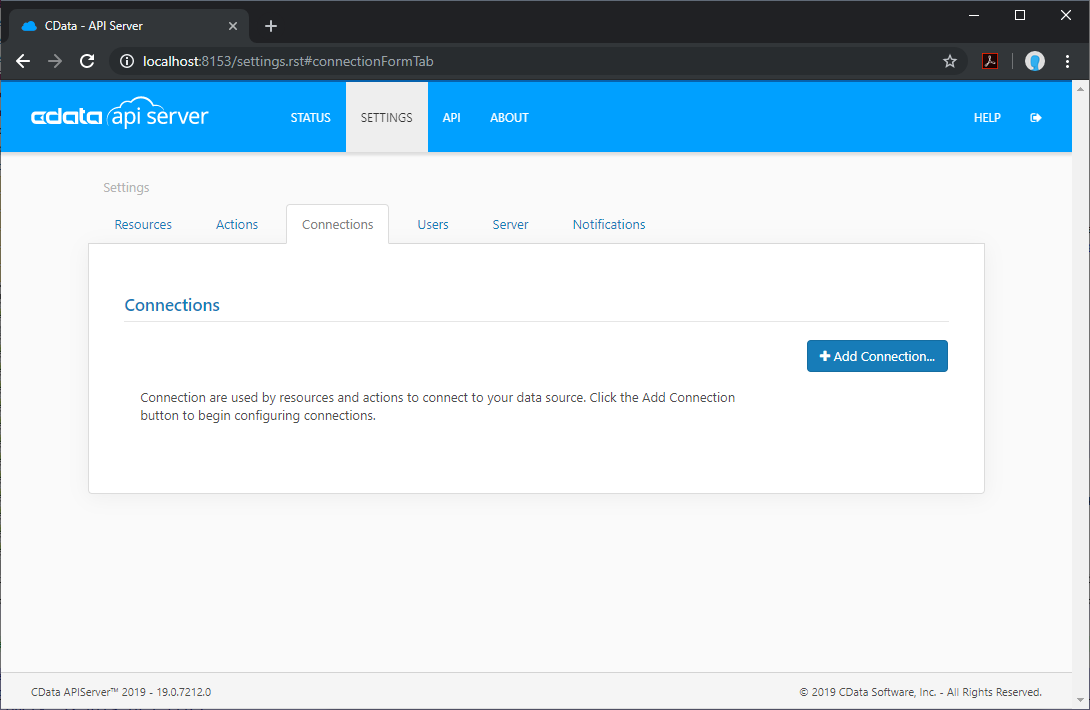
- Select "ADP"
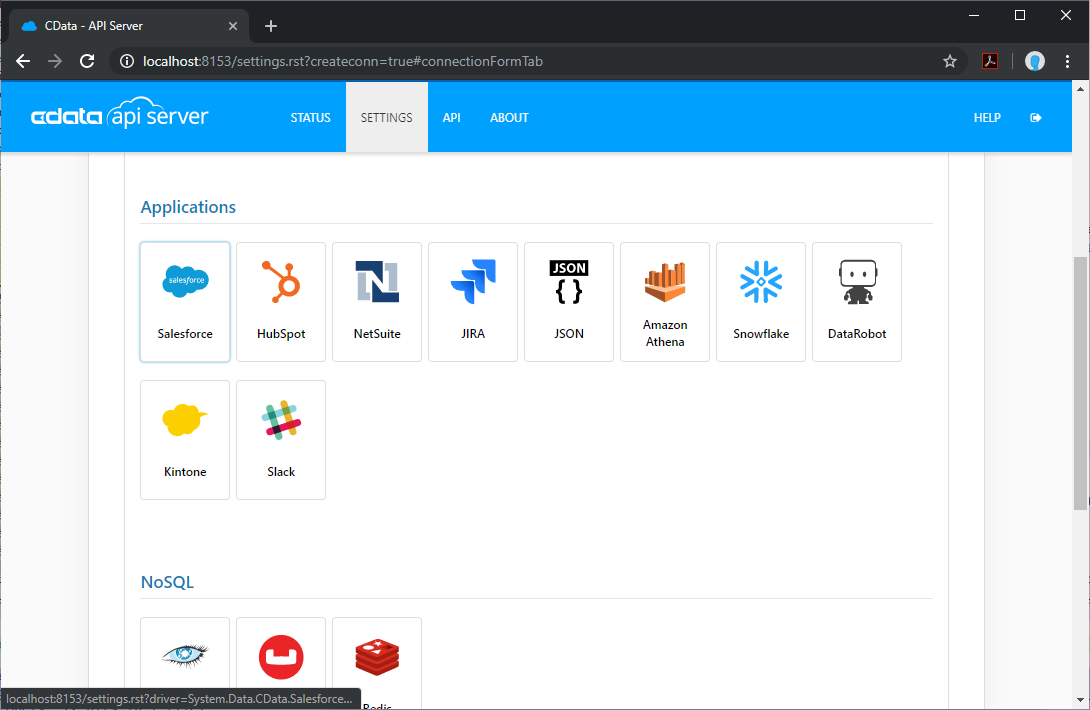
- Enter the necessary authentication properties to connect to ADP.
Connect to ADP by specifying the following properties:
- SSLClientCert: Set this to the certificate provided during registration.
- SSLClientCertPassword: Set this to the password of the certificate.
- UseUAT: The connector makes requests to the production environment by default. If using a developer account, set UseUAT = true.
- RowScanDepth: The maximum number of rows to scan for the custom fields columns available in the table. The default value will be set to 100. Setting a high value may decrease performance.
The connector uses OAuth to authenticate with ADP. OAuth requires the authenticating user to interact with ADP using the browser. For more information, refer to the OAuth section in the Help documentation.
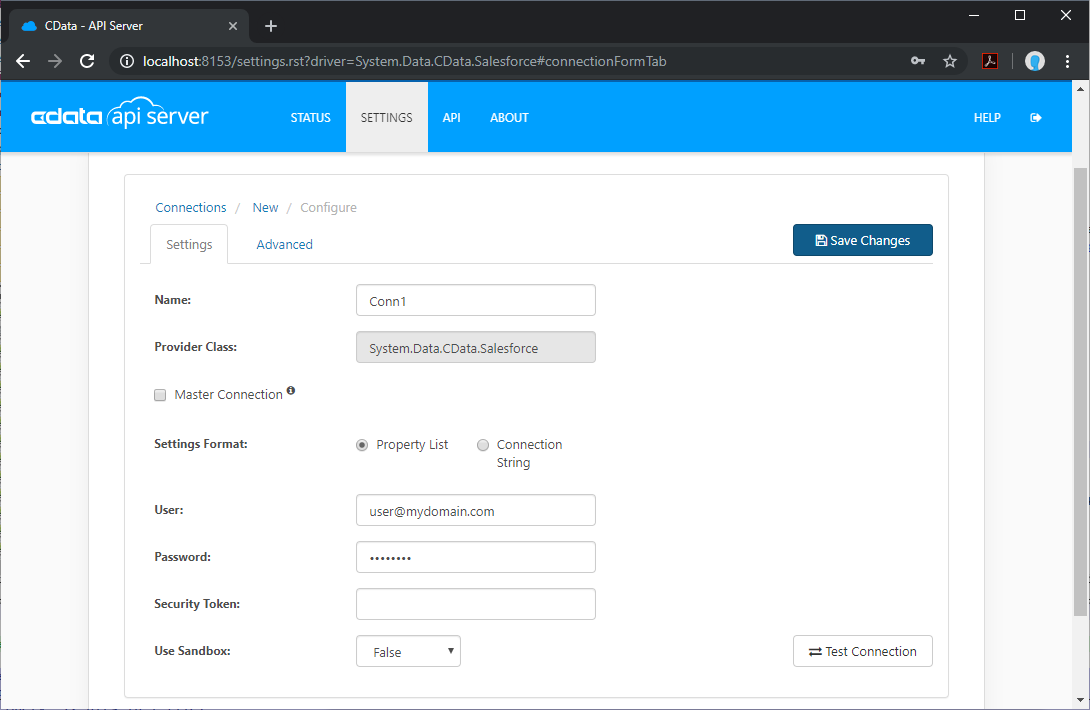
Add ADP Resource Definitions in API Server
After connecting to ADP, create Resources, which represent API endpoints for ADP data.
- Click Settings -> Resources -> Add Resource
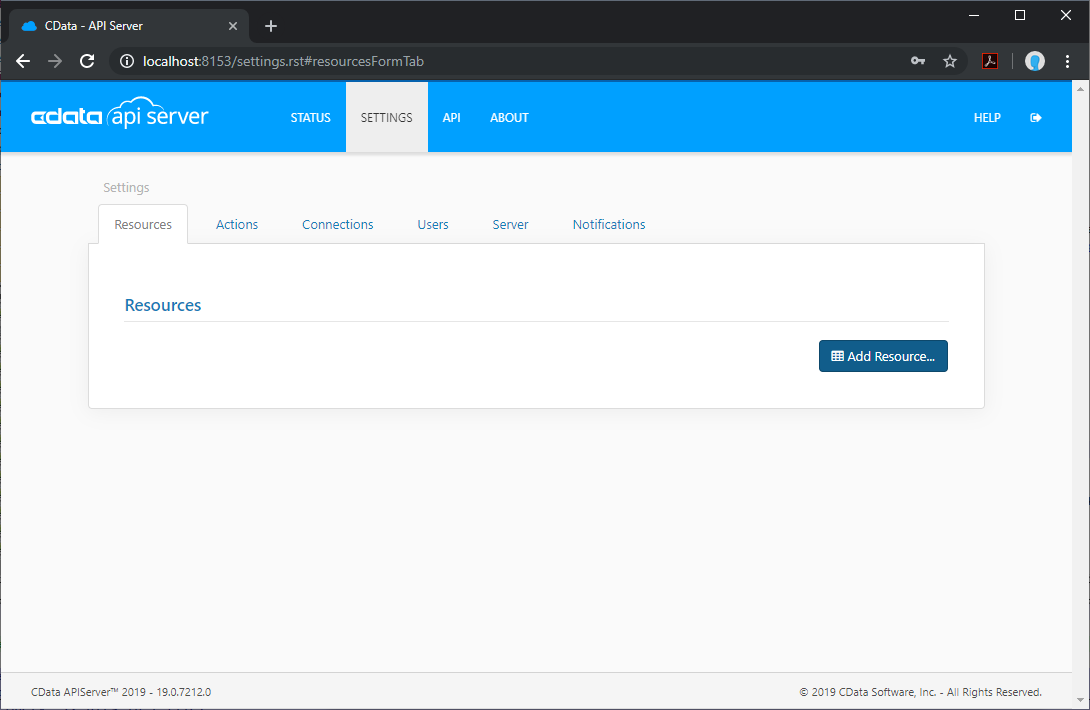
- Select the ADP connection
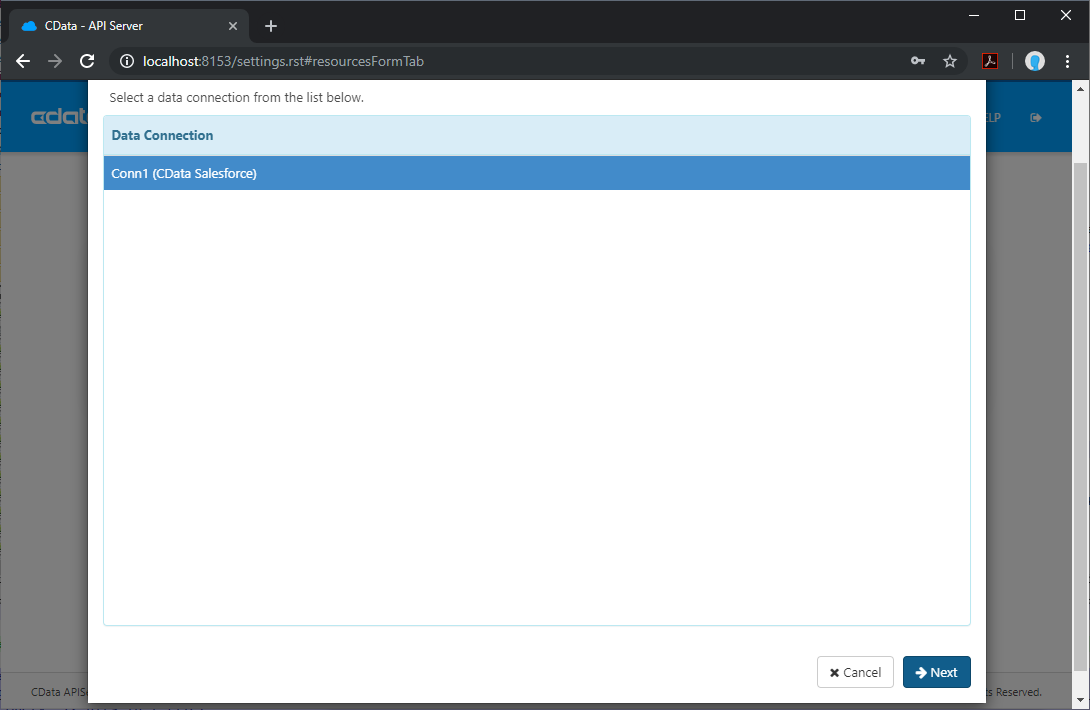
- Select the table you wish to retrieve and click Next
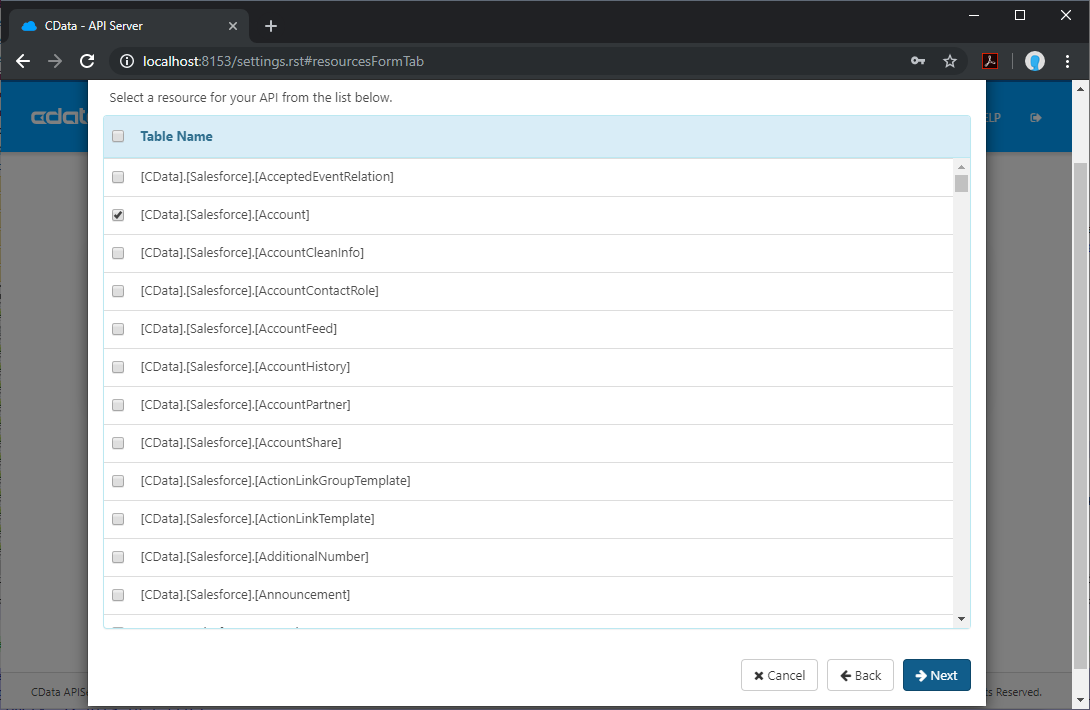
- (Optional) Edit the resource to select specific fields and more
- Save the settings
Add an API Server User
Create a User to connect to ADP from Reveal through API Server.
- Click Settings -> Users
- Click Add
- Configure a User with access to the ADP Connection and Resource(s)

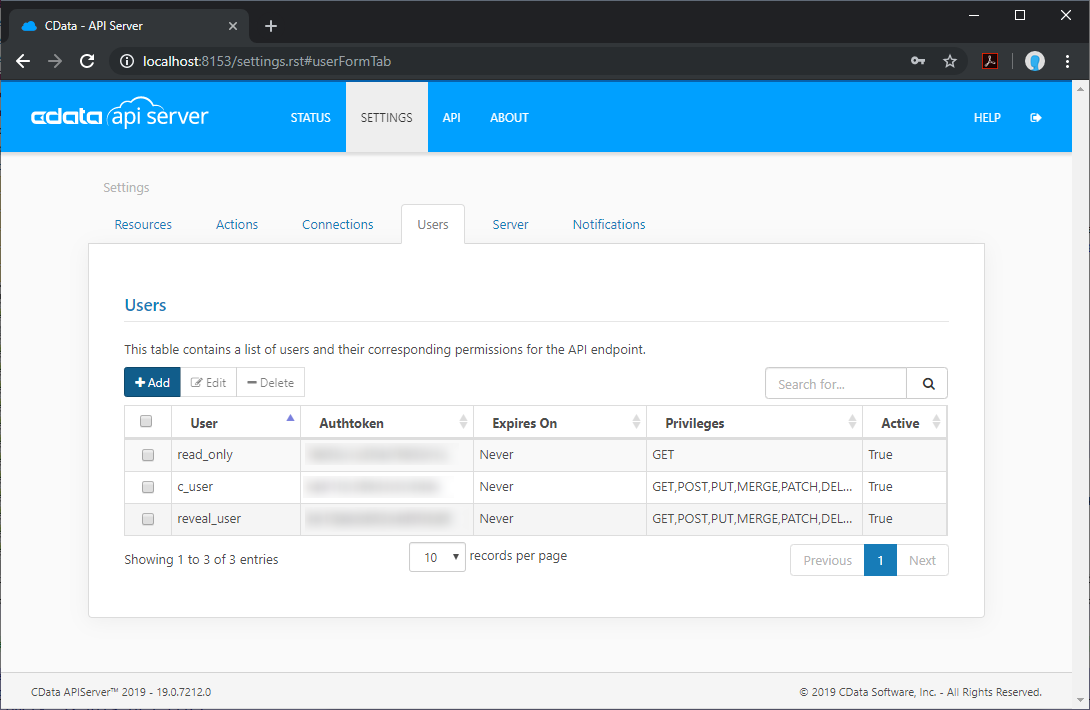
(Optional) Configure Cross-Origin Resource Sharing (CORS)
When accessing and connecting to multiple different domains from an application such as Ajax, there is a possibility of violating the limitations of cross-site scripting. In that case, configure the CORS settings in Settings -> Server.
- Enable cross-origin resource sharing (CORS): ON
- Allow all domains without '*': ON
- Access-Control-Allow-Methods: GET, PUT, POST, OPTIONS
- Access-Control-Allow-Headers: Authorization
Save the changes to the settings.
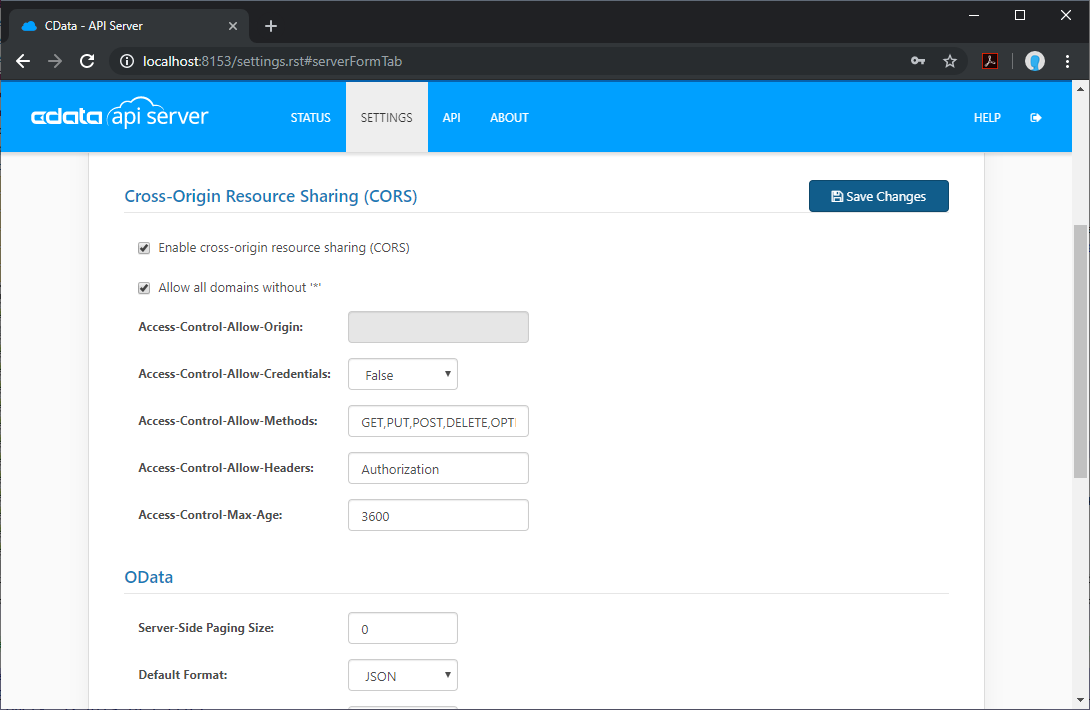
Create a Dashboard in Reveal
With the API Server configured, we can visualize ADP data in Reveal.
- Log into Reveal and click Dashboards -> New
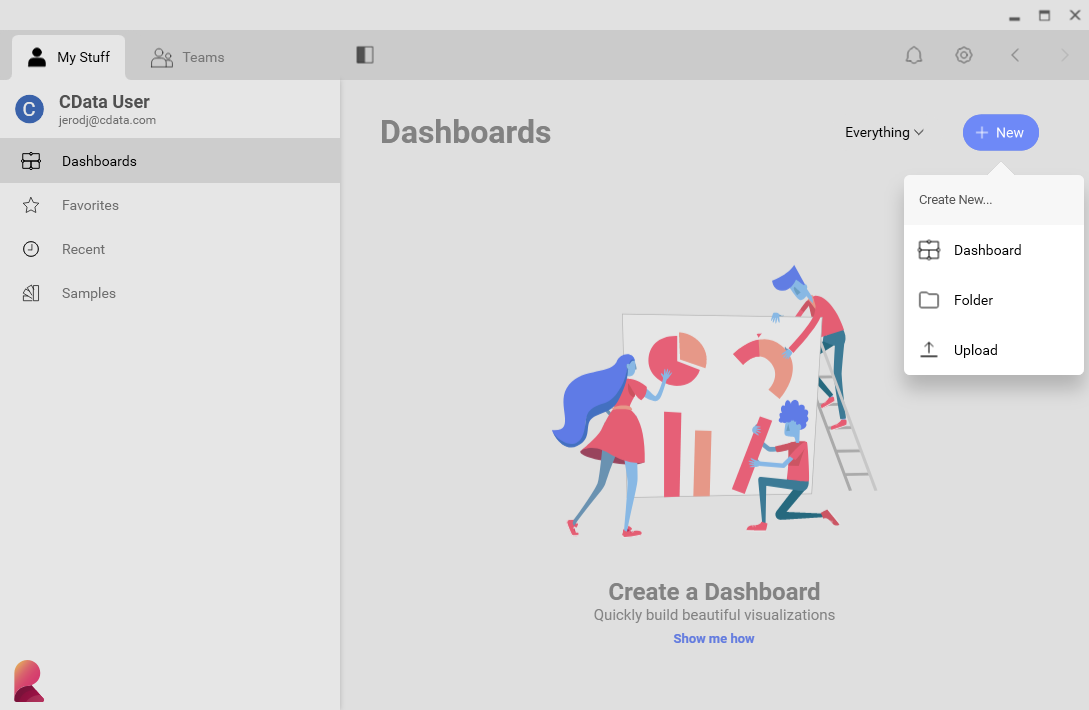
- Click Data Source -> OData Feed

- Specify the API Server API endpoint URL, for example: https://serverurl/api.rsc
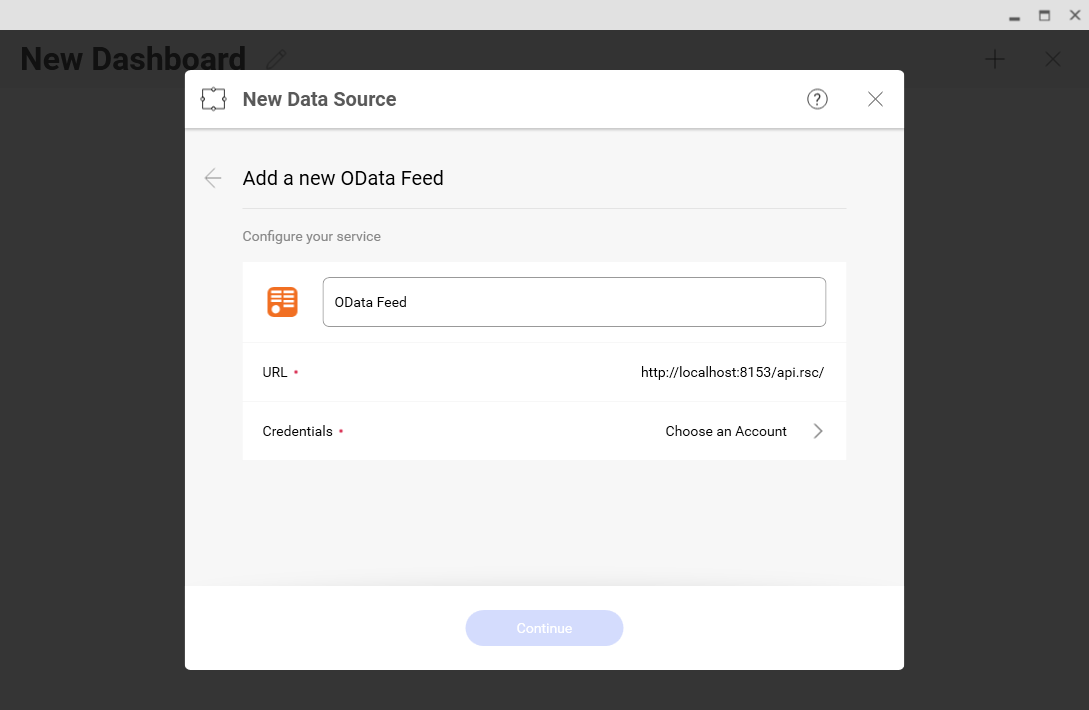
- Select Generic Credentials and specify the API Server username and authentication token
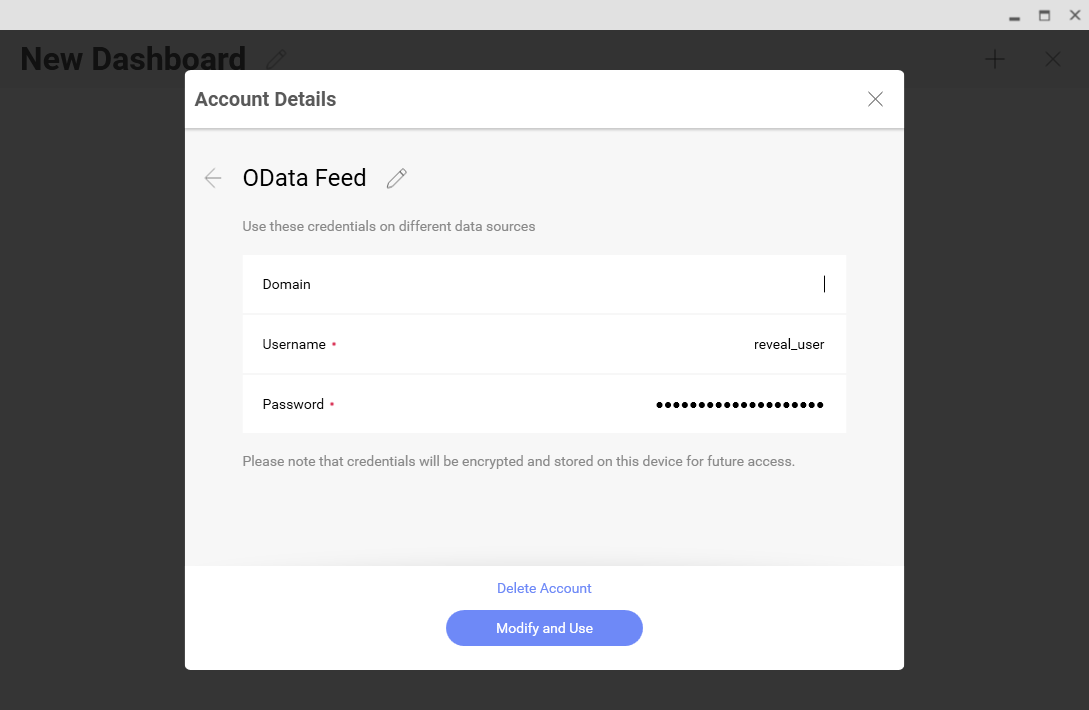
- Select the entity you wish to visualize
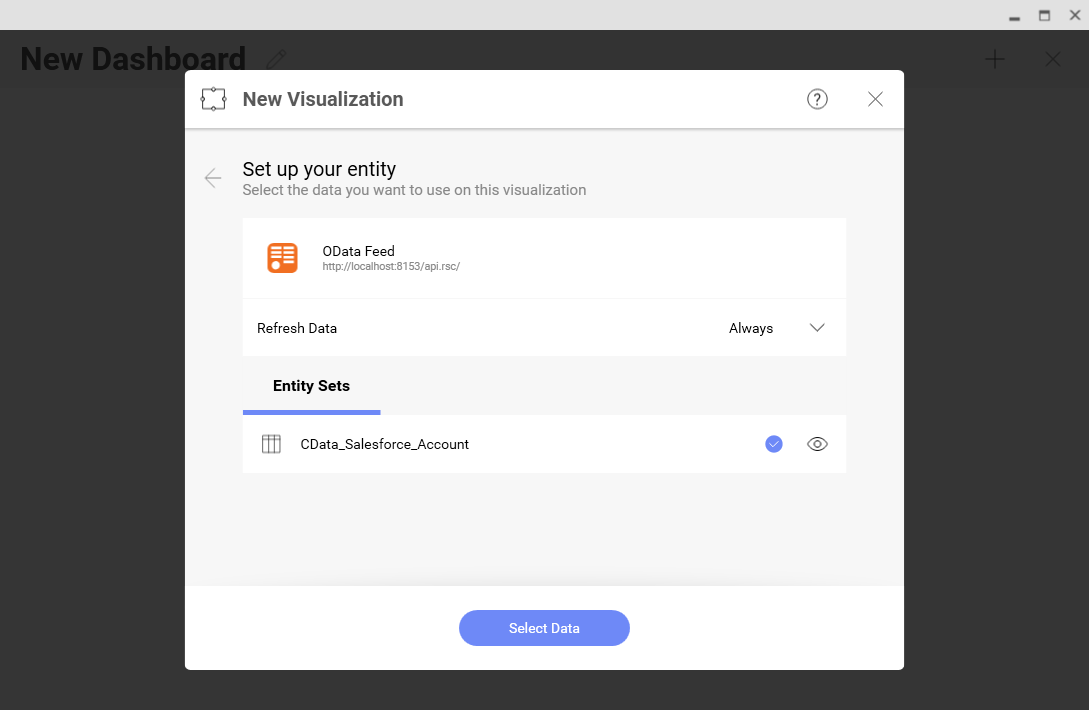
- Select fields and choose a chart type
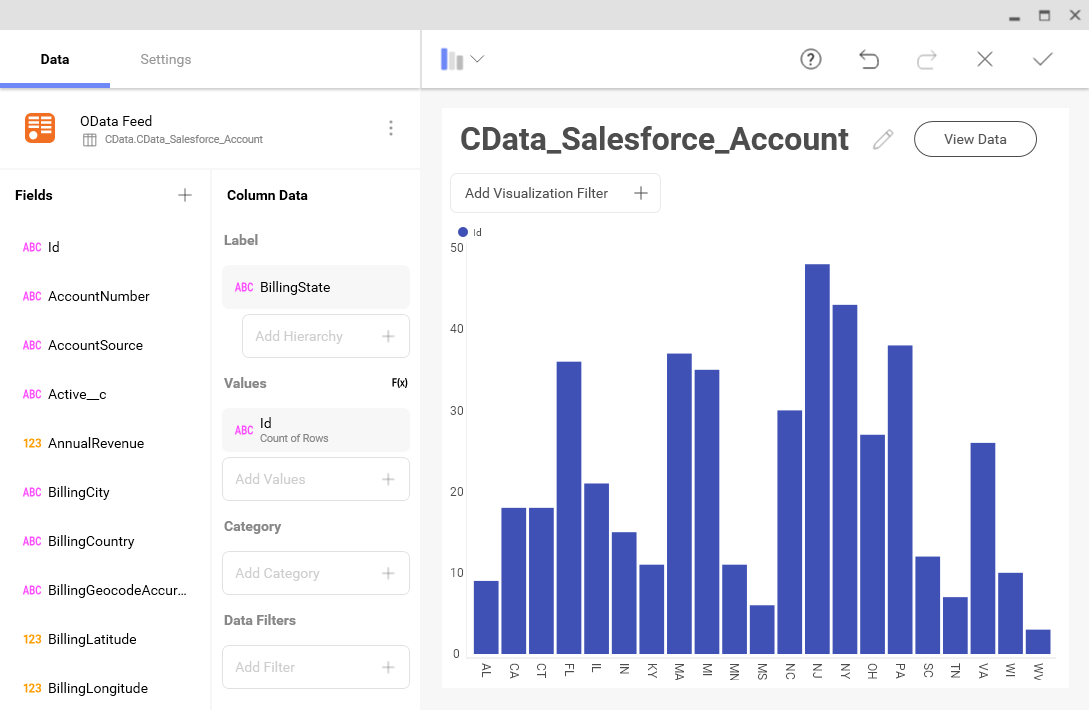
More Information & Free Trial
At this point, you have created a simple dashboard from live ADP data. For more information on creating OData feeds from ADP (and more than 150 other sources), visit the API Server page. Download a free, 30-day trial and start working live ADP data in tools that consume OData APIs.
